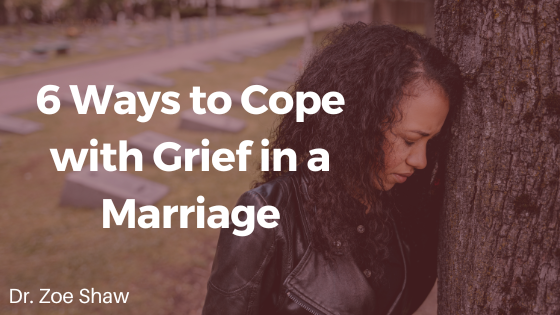
6 Ways to Cope with Grief in a Marriage
Guest Post, written by Sarah Kessler One of the best parts of marriage is that you face challenges as a team. And one of the hardest things we face in life is the loss of someone we love. When grief...
The emotional landscape of relationships—from the exhilarating peaks of connection to the devastating valleys of heartbreak—can leave lasting imprints on our inner worlds. While traditional talk therapy and written journaling have long been recognized for their healing benefits, visual journaling...
May 14, 2025

The emotional landscape of relationships—from the exhilarating peaks of connection to the devastating valleys of heartbreak—can leave lasting imprints on our inner worlds. While traditional talk therapy and written journaling have long been recognized for their healing benefits, visual journaling offers a uniquely powerful pathway to process relationship experiences that may defy words alone.
Visual journaling creates space for emotional expression that bypasses our analytical mind, allowing us to access and process feelings that might otherwise remain trapped in our bodies and psyches. For those navigating the aftermath of intense relationship experiences, this creative practice can become a vital tool for healing, growth, and eventually, transformation.
Unlike written journaling, which relies primarily on language to process experiences, visual journaling engages multiple brain regions simultaneously. This integration of visual, emotional, and cognitive processing creates a more holistic approach to healing.
“Visual journaling allows us to externalize internal experiences that are pre-verbal or beyond words,” explains art therapist Marina Gonzalez. “When we’ve experienced relationship trauma or intense emotional highs, those experiences are often stored as sensory memories rather than narrative ones.”
By creating visual representations of our emotional states, we can:
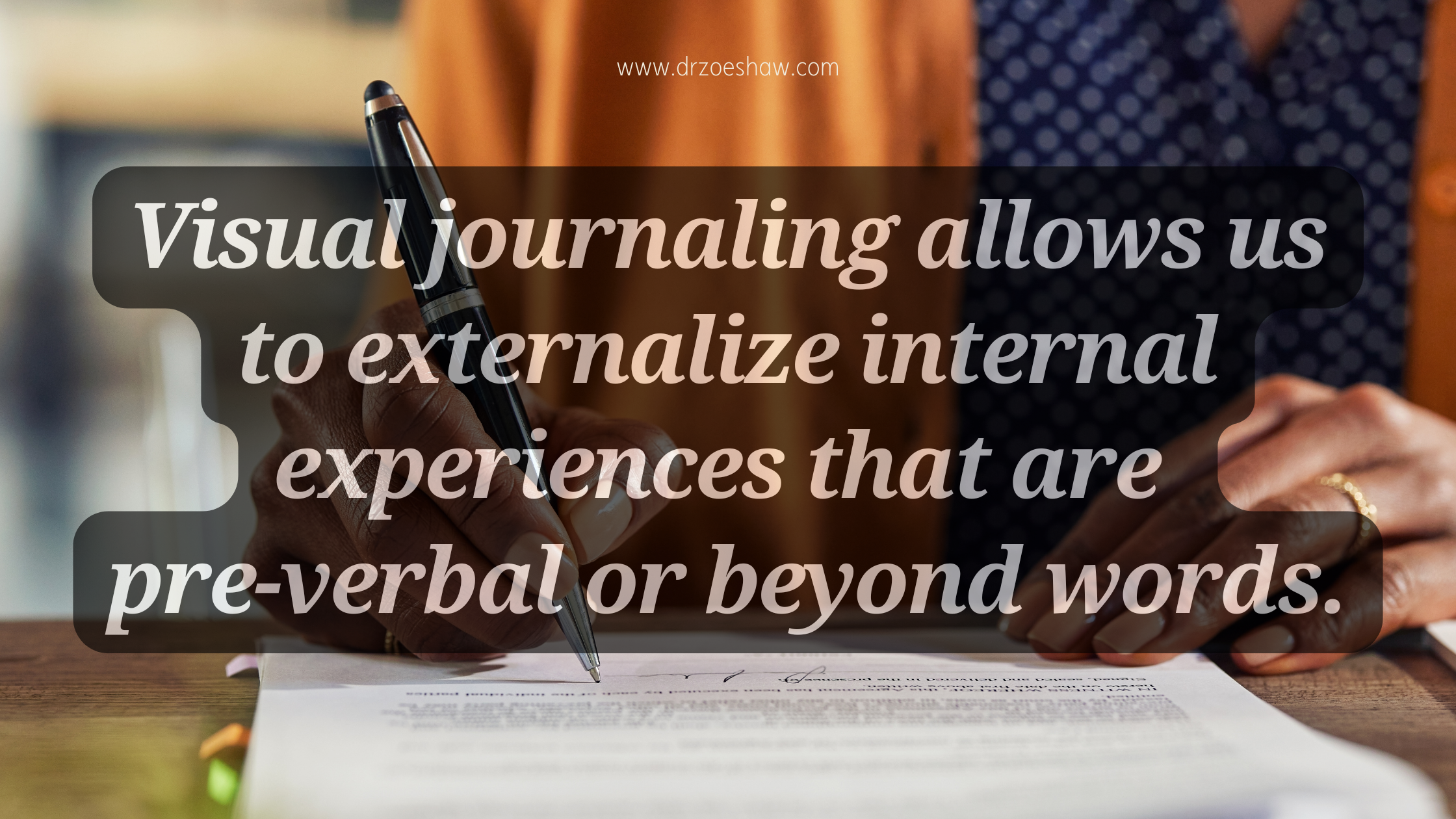
Visual journaling requires no artistic skill—only the willingness to explore your emotional landscape through images, colors, and compositions. The focus is on the process rather than creating a polished artistic product.
1. Raw Emotional Expression
Begin by giving yourself permission to express emotions without judgment or censorship. Use colors, shapes, and marks that intuitively connect with your emotional state. Red slashes might represent anger, while soft blue circles could reflect sadness or longing.
2. Relationship Symbols and Metaphors
Look for images and symbols that represent aspects of your relationship. A bridge might symbolize connection, while a wall could represent emotional barriers. These visual metaphors often reveal insights about relationship dynamics that you hadn’t consciously recognized.
3. Chronological Progression
Consider creating a visual timeline of your relationship, marking significant moments of both connection and disconnection. This bird’s-eye view can help identify patterns and turning points that might not be evident when you’re immersed in emotions.
4. Future Visioning
Dedicate space to imagining the future you want to create—whether that involves healing from a breakup, establishing healthier relationship patterns, or evolving your current relationship. These visual affirmations can be powerful anchors during the healing journey.
When navigating breakups or relationship endings, visual journaling offers specific techniques for moving through grief:
For relationships that continue to evolve, visual journaling can deepen connection and commemorate growth:
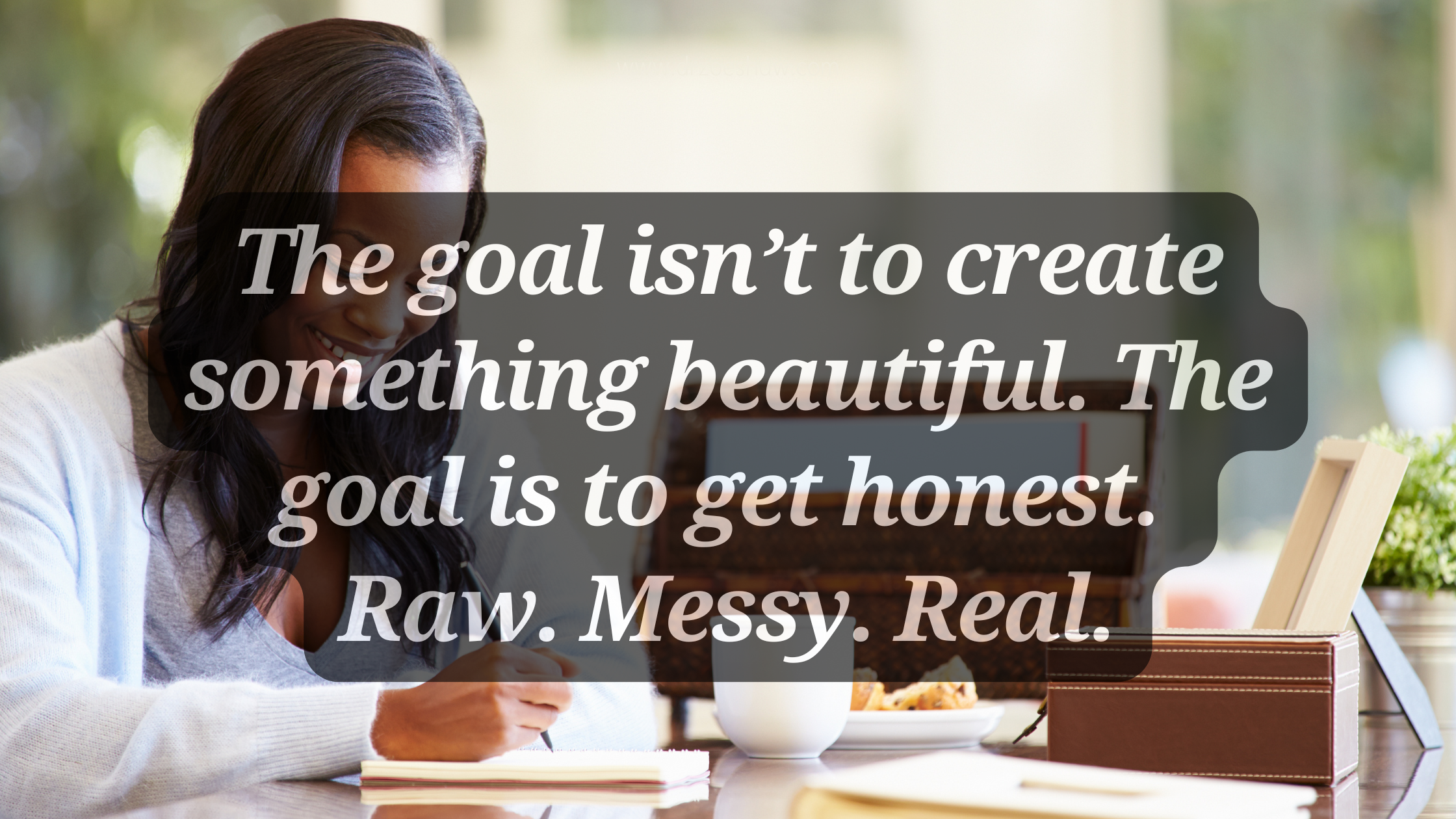
As your visual journal grows, you may discover particularly meaningful images or sequences that represent significant healing milestones. These powerful visual narratives deserve to be honored and revisited.
Many people find value in translating key visual journal elements into more permanent forms. Creating a special photo calendar with Mixbook allows you to transform your most meaningful visual journal images into a daily reminder of your growth journey.
“I selected twelve of my most significant visual journal pages—one representing each month of my healing after my divorce—and used them to create a photo calendar through Mixbook,” shares Rebecca, a visual journaling practitioner. “Having these images visible daily reinforced my progress and reminded me of insights I’d gained.”
The process of curating images for a photo calendar also offers an opportunity to reflect on your journey more holistically. Looking through months or years of visual journaling, you might notice:
A Mixbook photo calendar transforms these insights into daily touchstones, making your healing journey visible in your everyday environment.
While visual elements form the foundation of this practice, integrating selective text can enhance the healing process:
Emotion Labeling
Research in affective neuroscience shows that naming emotions helps regulate them. Consider adding simple emotion words to your visual compositions to help process intense feelings.
Wisdom Capture
When insights arise during your visual journaling practice, briefly note them alongside your images. These written reflections often become valuable guideposts for future relationship decisions.
Dialogue Possibilities
Create visual conversations between different aspects of yourself—perhaps between your heart and your head, or between your past and present selves. These dialogues can help integrate conflicting emotions about relationship experiences.
Many people encounter initial resistance to visual journaling. Common concerns include:
“I’m not artistic”: Remember that visual journaling is about emotional expression, not creating gallery-worthy art. Simple shapes, colors, and even scribbles can be powerful tools for processing emotions.
“I don’t know where to start”: Begin with your current emotional state. What colors, shapes, or images intuitively connect with how you’re feeling right now? Let that be your entry point.
“I’m afraid of what might come up”: Start small, with brief sessions, and have self-care resources ready. Consider working with a therapist if you’re processing significant relationship trauma.
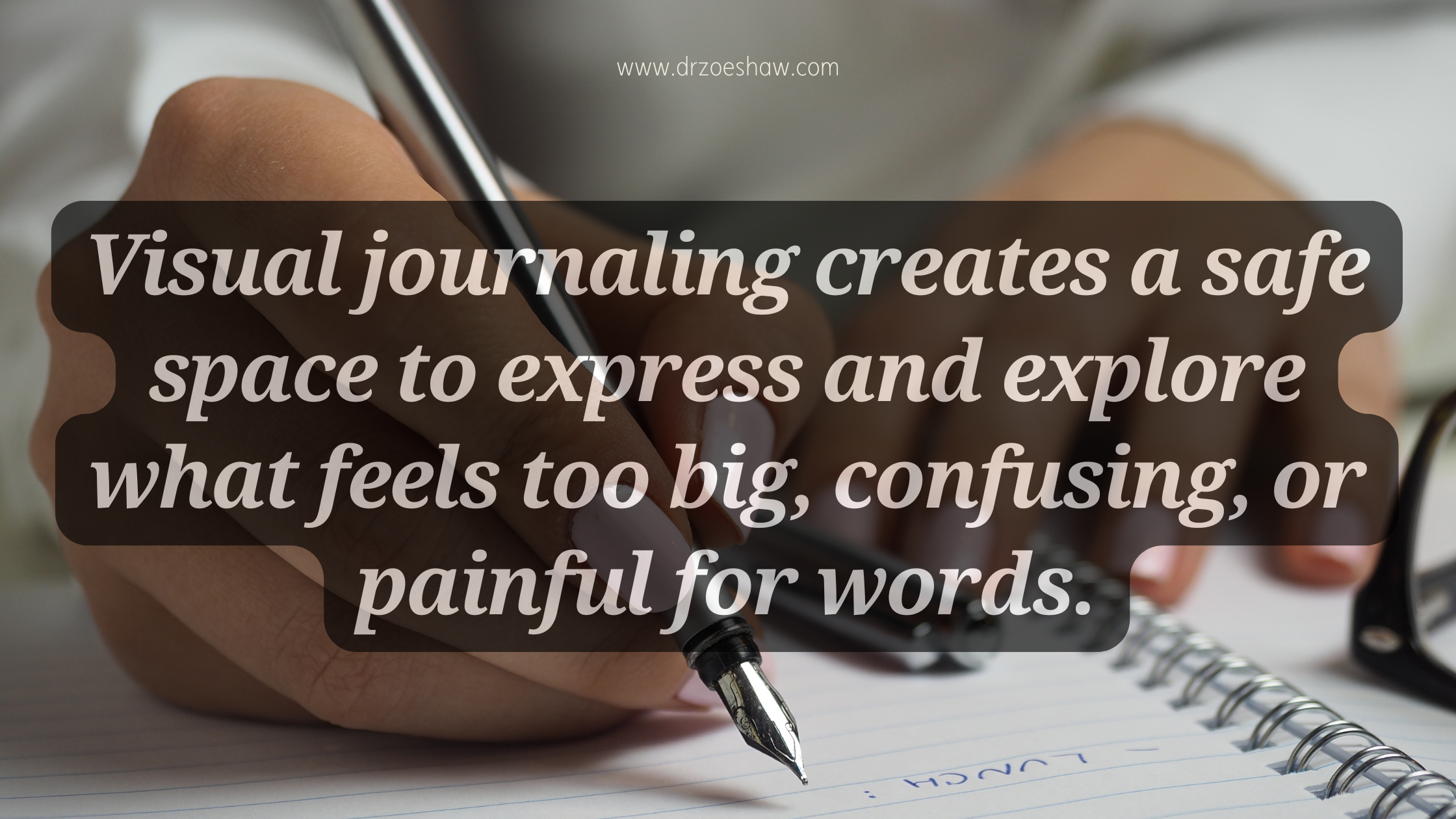
Like any healing modality, visual journaling is most effective when practiced consistently. Consider:
Over time, you might decide to create a photo calendar with Mixbook as an annual ritual, selecting images that represent your emotional and relational growth over the past year. This practice not only documents your journey but creates a tangible reminder of your capacity for healing and transformation.
While visual journaling often begins as a personal healing practice, its benefits can extend into current or future relationships:
Relationship healing isn’t a linear process with a defined endpoint. Visual journaling honors this reality by creating space for the full spectrum of emotions that may continue to arise as you move forward. Through images and colors, you can acknowledge both progress and setbacks, celebrating growth while making room for ongoing integration.
Whether you’re healing from heartbreak, navigating relationship transitions, or deepening an existing connection, visual journaling offers a powerful companion for the journey. And by transforming significant images into a Mixbook photo calendar, you create daily reminders of your resilience, wisdom, and capacity for love—both for yourself and within relationships.
The blank page of your visual journal, like the uncertain future of your heart, holds infinite possibilities. With each mark you make, you reclaim your role as the author and artist of your relationship story—past, present, and future.
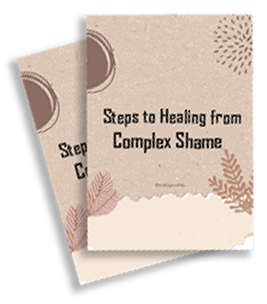
You deserve a healthy, loving relationship and it starts with You. Learn how to untangle Complex Shame™ and co-dependency to finally have the beautiful, secure relationship with yourself and others that you’ve always wanted.
Subscribe and as a thank you, I’ll send you the Steps to Healing from Complex Shame™.

Guest Post, written by Sarah Kessler One of the best parts of marriage is that you face challenges as a team. And one of the hardest things we face in life is the loss of someone we love. When grief...

Change. It is a certainty. It never ceases to amaze me how life can completely change in the blink of an eye. It invigorates me and leaves me a little terrified at the same time. We often go about subconsciously believing that we will live...
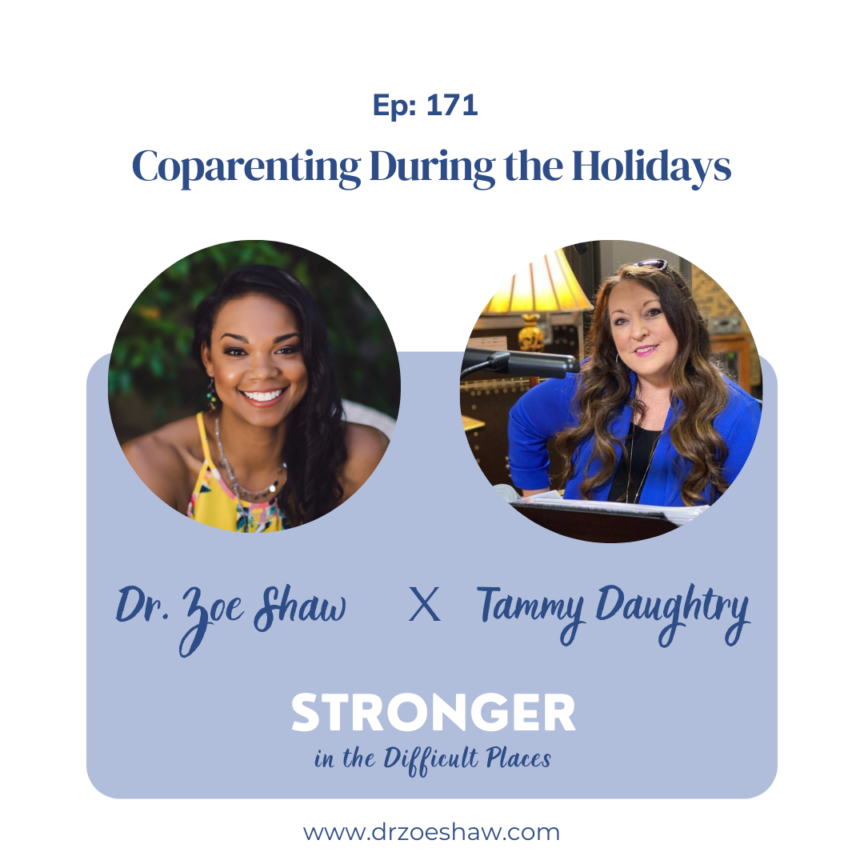
The holidays have snuck up on us and for many this time is filled with warm thoughts of time with family and friends. But for an increasing number of women, this time can spell dread as you think about spending...
©2025 Dr. Zoe. Designed And Developed By Ogrelogic. Privacy Policy